A well-curated charcuterie board is a work of art. When paired with the right wines, that artwork becomes a masterpiece.
But unlike the Mona Lisa, you don’t need years of work to create an amazing charcuterie board with the perfect wine pairings. Instead, sticking to a few general principles and simple guidelines will make the process a breeze.
Plus, it doesn’t hurt to know a bit about cheese and charcuterie.
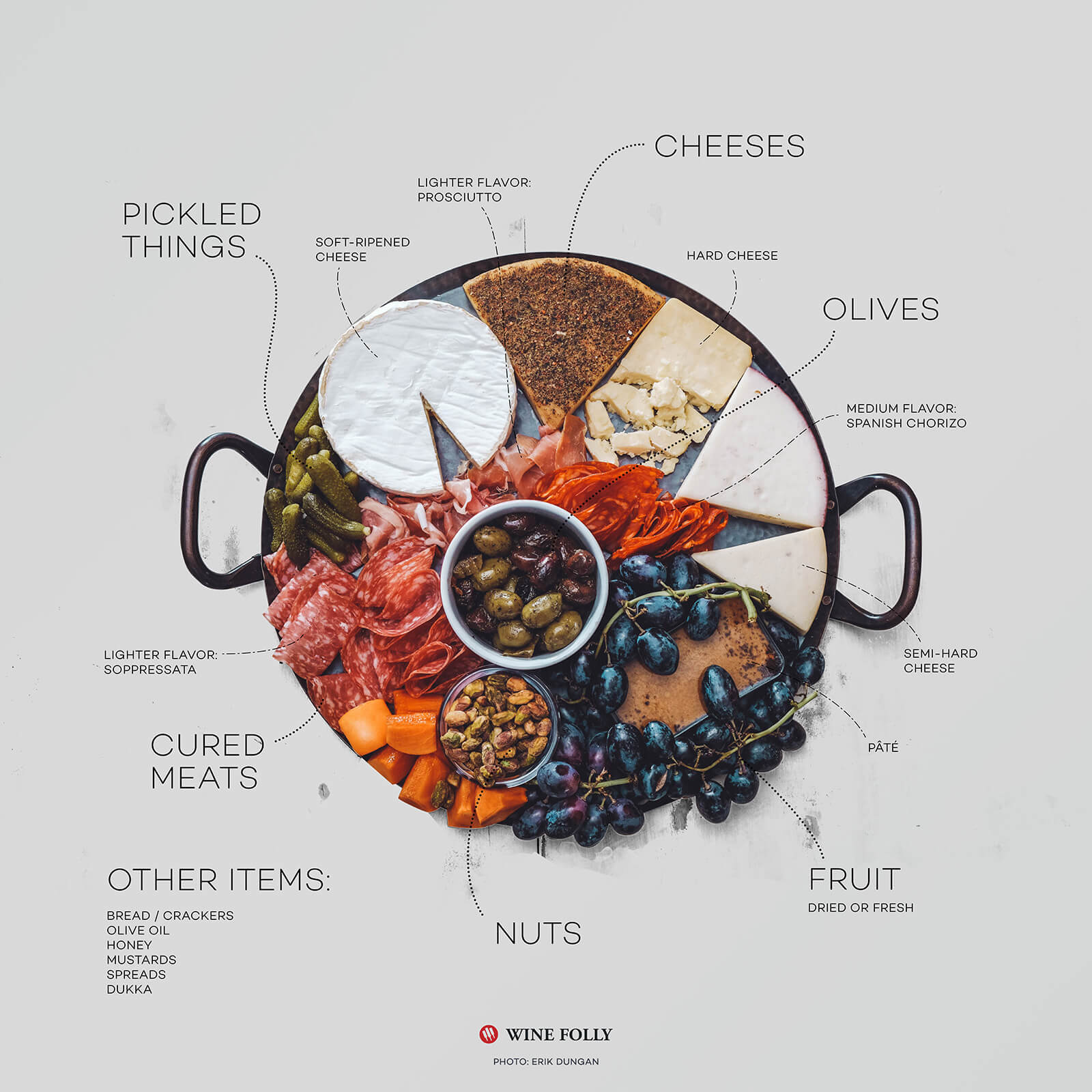
Basic Charcuterie Board Guidelines
Whether you’re entertaining or making an easy weeknight dinner, charcuterie boards are simple to prepare.
Most charcuterie boards include all or some of the following:
- Cheese
- Charcuterie (aka cured and preserved meats)
- Dried and/or fresh fruits
- Nuts
- Olives or other pickled vegetables
- Bread and crackers
- Olive oil, honey, jam, mustards or other spreads
Meat and Cheese Basics
Start by selecting your cheeses and charcuterie. These items will determine what wines you serve. The other components of the board will play a supporting role to the wine, meat, and cheese.
Choose at least three types of cheese. Select a variety of cheeses based on texture, saltiness, fat content, and acidity. Here are a few examples:
- Fresh cheeses like ricotta and chèvre have higher acidity.
- Aged hard cheeses like Parmigiano-Reggiano taste saltier with stronger flavors.
- Brie and other soft-ripened cheeses have higher fat content.

If the charcuterie board is being served as an appetizer, account for 2oz of meat per person. But if the board is the main meal, double that number.
Again, select a variety of charcuterie based on texture, fat, salt, and spice. For example, consider the creamy texture and buttery flavor of pâté compared to hard, salty dry cured salami.
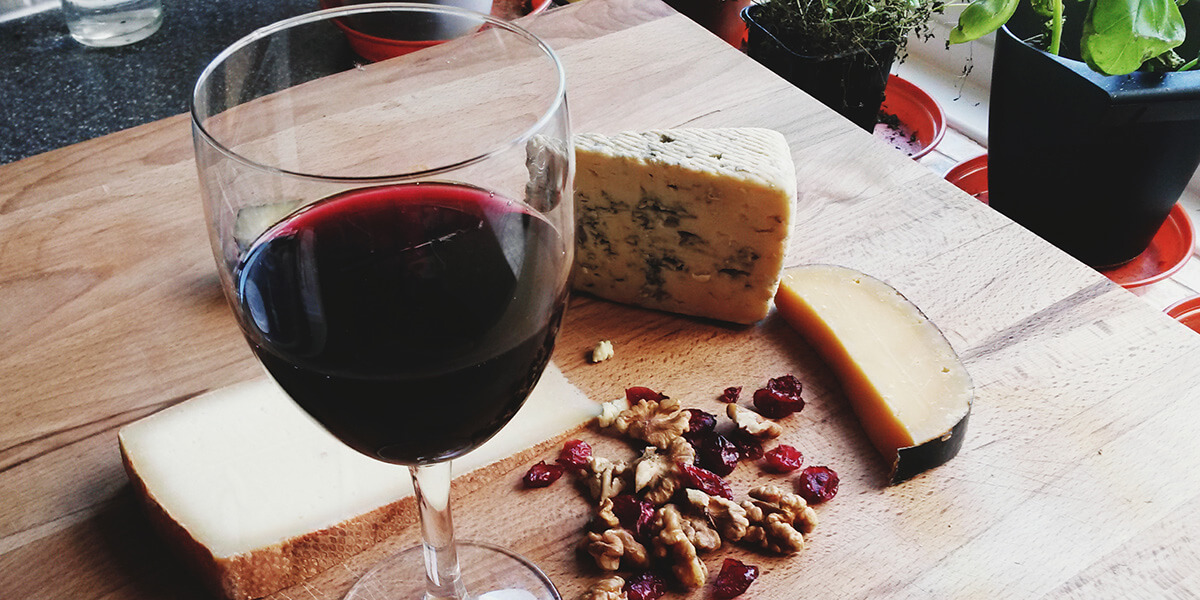
Wine Pairing Principles
For wine pairings, focus on the food’s main components of salt, fat, and acid. Salt in food will soften wine’s harder elements, like bitter tannins or sharp acidity. At same time, it will enhance the perception of body on the palate.
The wine should always be more acidic than the food you are serving.
Foods high in fats or oils pair well with bolder red wines because the fat counterbalances the high tannins in the wine. But you can also opt for crisp, acidic white wines.
This combination gives the perception of cleansing the palate. The wine’s acidity cuts through the richness from the food.
Aim to match the boldness of a wine to the boldness of the dish. If you prepare a charcuterie board offering more delicate flavors, select a similarly delicate wine.
Also, remember that wines with high tannins will clash with anything spicy or bitter.
Selecting Your Cheeses
Here are eight types of cheeses and wine pairing styles that will help you create delicious charcuterie boards with wines to match.
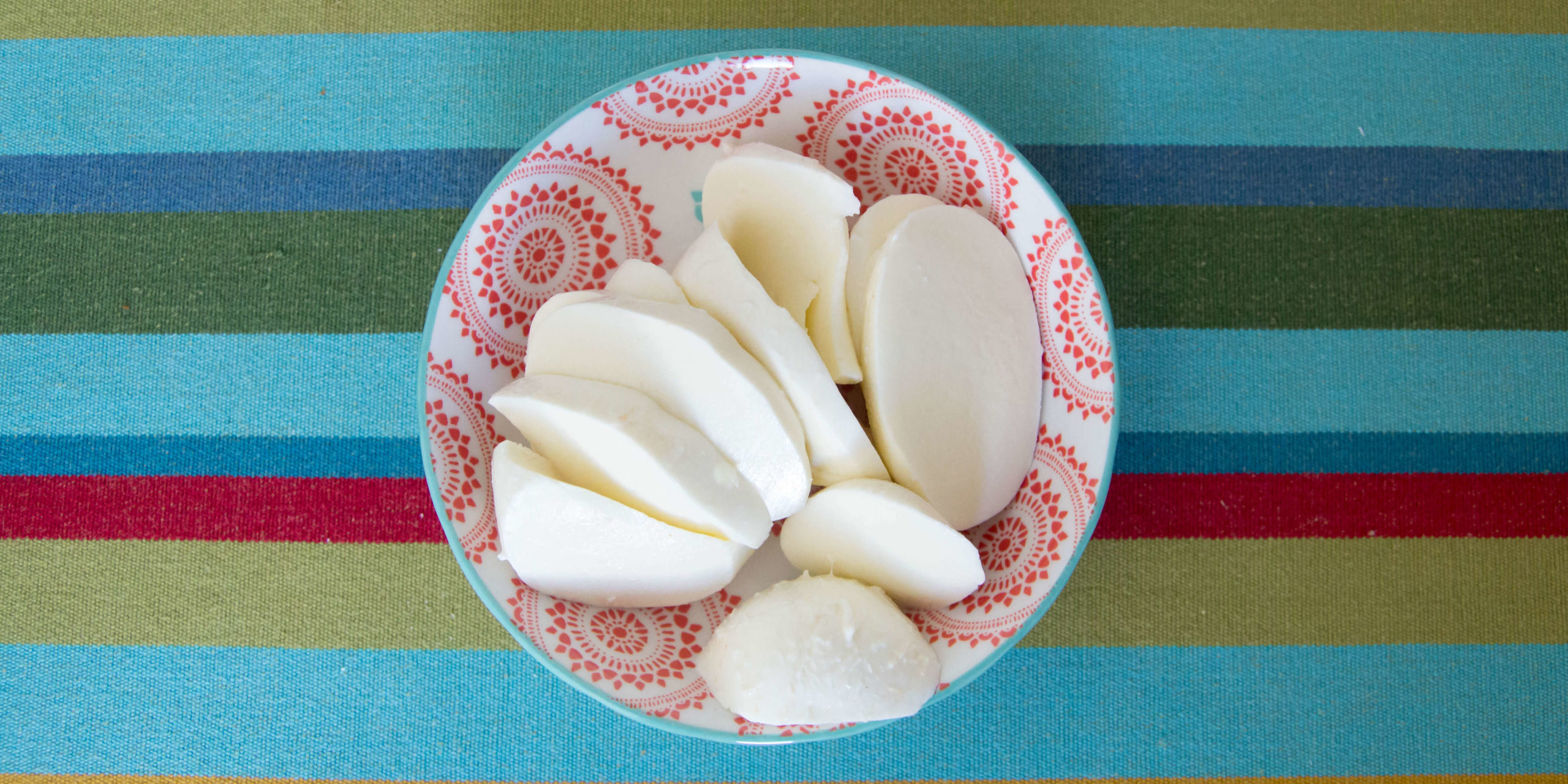
Fresh Cheese
Fresh cheeses offer a range of textures and flavors. They can be fresh and creamy with lightly salted flavors (mozzarella) or crumbly and salty with more tangy flavors (feta).
Types of Fresh Cheese: cream cheese, Chèvre, ricotta, mozzarella, Mozzarella di Bufala, burrata, feta, cottage cheese, Mizithra, Marscapone, Boursin, Stracchino
Wine Pairing Styles: sparkling wine, light-bodied white wine, rosé wine, fruit forward light-bodied red wine
Wine Pairing Examples: Cava, Crémant D’Alsace, Albariño, Vermentino, Arneis, Riesling, Provençal rosé, rosé of Nero d’Avola, Beaujolais, Schiava
Why it Works: The saltier cheeses will allow the fruit notes of higher acid wines to shine. These wines can also balance the acidity of fresh cheeses. The fresh styles of wine are a lively counterpoint to the creamier cheeses here.
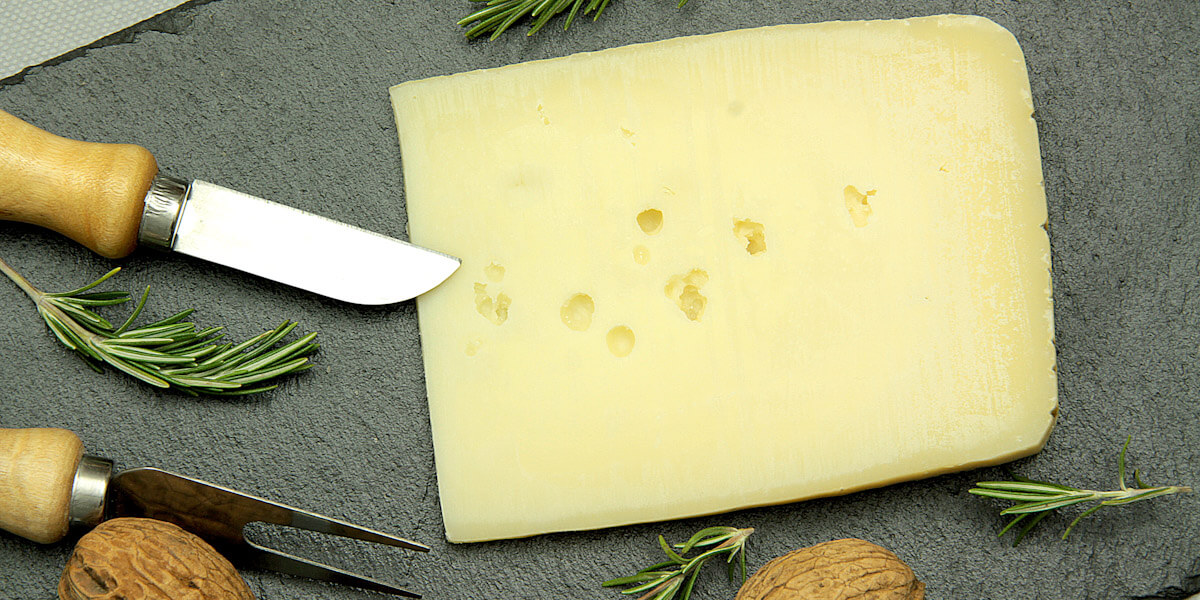
Semi-Soft Cheese
Semi-soft cheeses offer mild flavors, as they are only aged from a few days to a few months. These cheeses typically have a creamy texture which becomes harder with age.
Flavors can range between buttery and nutty (Asiago, aged Havarti), sweet and tangy (Fontina), salty and acidic (Havarti), and mild (Jack).
Types of Semi-Soft Cheese: Fontina, Monterey Jack, Asiago, Havarti
Wine Pairing Styles and Examples: dry light-bodied white wine, full-bodied oaked white wine, medium-bodied red wine
Wine Pairing Examples: Pinot Blanc, Verdicchio, Pinot Grigio, Chardonnay, Condrieu or other oak-aged Viognier, oak-aged Roussanne, Carignan, Valpolicella blend, Cabernet Franc
Why it Works: Light-bodied white wines complement the acidic and tangy flavors of Fontina and Havarti. The oily texture of Verdicchio is an ideal pairing for the buttery flavors of semi-soft cheeses.
Oaked white wines also offer a complimentary buttery texture. Medium-bodied red wines have the acidity to match the younger semi-soft cheeses. They also sport fruit or spice notes to suit nutty cheese flavors.

Soft-Ripened Cheese
Known for a velvety white rind formed with the help of an edible mold called Penicillium candidum. The interior of the cheese becomes creamier and softer as the cheese ages.
A soft-ripened cheese is typically a crowd pleaser on a charcuterie board. The creamy texture provides a great balance to salty charcuterie. Expect buttery, earthy, nutty and tangy flavors.
Types of Soft-Ripened Cheese: Brie, Camembert, Coulommiers, Robiola, Humboldt Fog
Wine Pairing Styles: sparkling wine, light-bodied white wine, full-bodied white wine, aromatic white wine, fruit forward light-bodied reds
Wine Pairing Examples: Champagne, Franciacorta, Chenin Blanc, Albariño, Riesling, Chardonnay, Roussanne, Marsanne, Pinot Noir, Beaujolais
Why it Works: Sparkling wine and light-bodied aromatic white wines have the bright acidity that is a delicious contrast to these luscious cheeses.
Full-bodied whites offer the weight and texture to match the cheeses’ richness. Fruity notes of a light-bodied red with higher acidity will shine when paired with creamy cheeses.
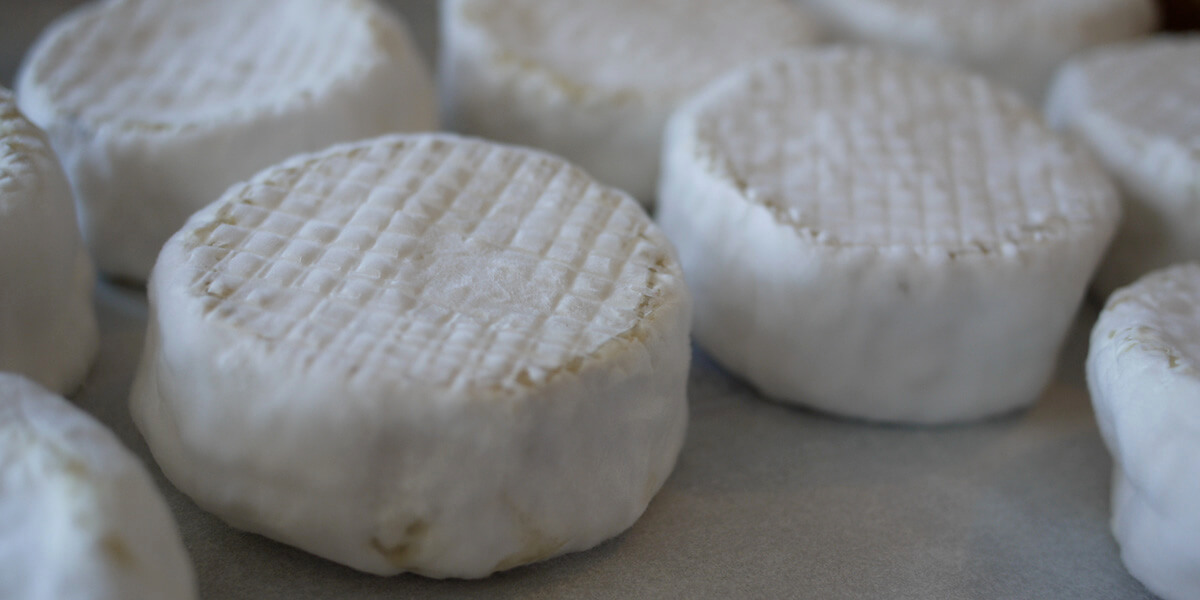
Surface-Ripened Cheese
Surface ripened cheeses typically have a thin rind around oozy cheese or a wrinkled rind with more firm cheese.
These cheeses typically have a dense creamy texture with earthy aromas. They sometimes show sharper tangy flavors.
Types of Surface Ripened Cheese: Crottin de Chavignol (the most famous goat cheese of the Loire Valley), Vermont Creamery’s Bijou, St. Marcellin
Wine Pairing Styles: light-bodied white wine, aromatic white wine, light-bodied red wine
Wine Pairing Examples: Sauvignon Blanc, Torrontés, Gewürztraminer, Riesling, Müller-Thurgau, Cinsault, Counoise, Pinot Noir
Why it Works: Crisp, aromatic white wines nicely contrast the dense, creamy texture of these cheeses and highlight the cheeses’ earthy flavors. Light-bodied reds with earthy or spicy aromas will have the same effect.
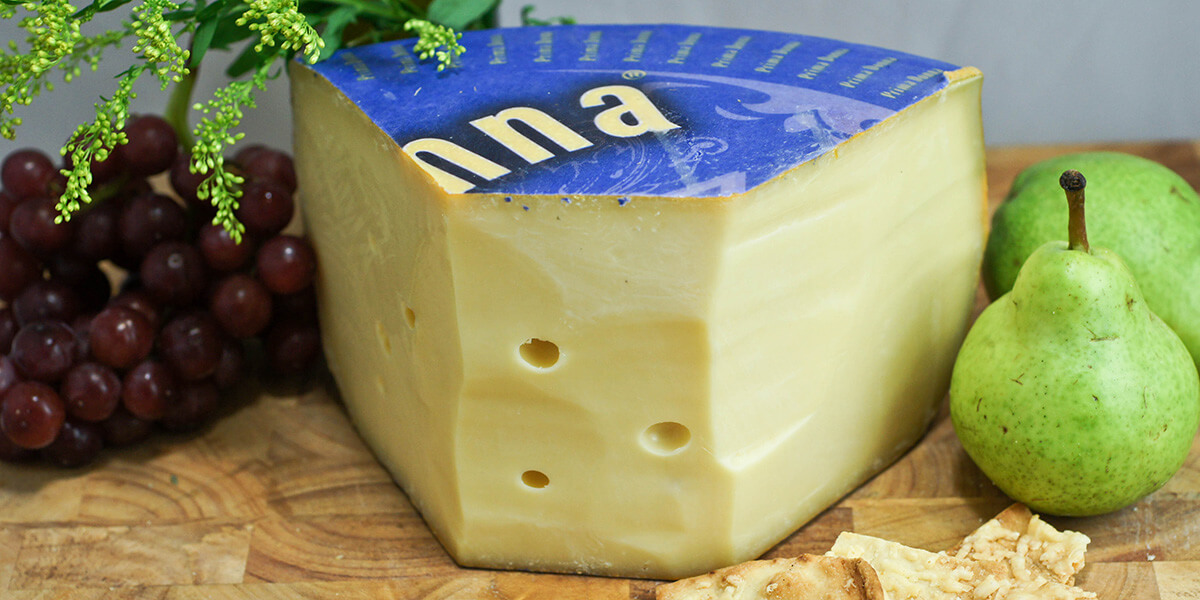
Semi-Hard Cheese
The semi-hard cheese category includes a broad range of firm cheeses with high moisture content. These cheeses often have salty, nutty, or savory flavors and become more nuanced with age.
Types of Semi-Hard Cheese: Gouda, Gruyère, Swiss, Emmental, Colby, Provolone, Halloumi
Wine Pairing Styles: sparkling wine, light-bodied white wine, full-bodied white wine, light-bodied red wine, medium-bodied red wine
Wine Pairing Examples: Cava, Champagne, Silvaner, Chenin Blanc, Grenache Blanc, Chardonnay, Pinot Noir, Beaujolais, Cabernet Franc, Carménére
Why it Works: The salty and savory flavors of the cheese will enhance the fruit aromas of the sparkling and light-bodied white wines. Full-bodied whites have the structure to match these firmer, bolder cheeses.
The saltiness of the cheese can also support the tannins and structure of medium-bodied red wines.

Hard Cheese
Hard cheese are typically salty and sharp with nutty flavors, becoming saltier with age. They tend to be crumbly and more challenging to cut.
Types of Hard Cheese: Cheddar, aged Manchego, Parmigiano-Reggiano, Pecorino Romano, Grana Padano
Wine Pairing Styles: sparkling wine, light-bodied white wine, medium-bodied red wines, full-bodied red wines
Wine Pairing Examples: Franciacorta, Champagne, Cava, Vermentino, Cortese, Barbera, Sangiovese, Cabernet Sauvignon, Nero D’Avola
Why it Works: Since these cheeses get saltier with age, they can soften acidity in sparkling wine and light-bodied white wine. The higher salt content also mellows out tannins in medium to full-bodied red wines.
In both cases, the salty cheese enhances the body and fruit notes in the wine.
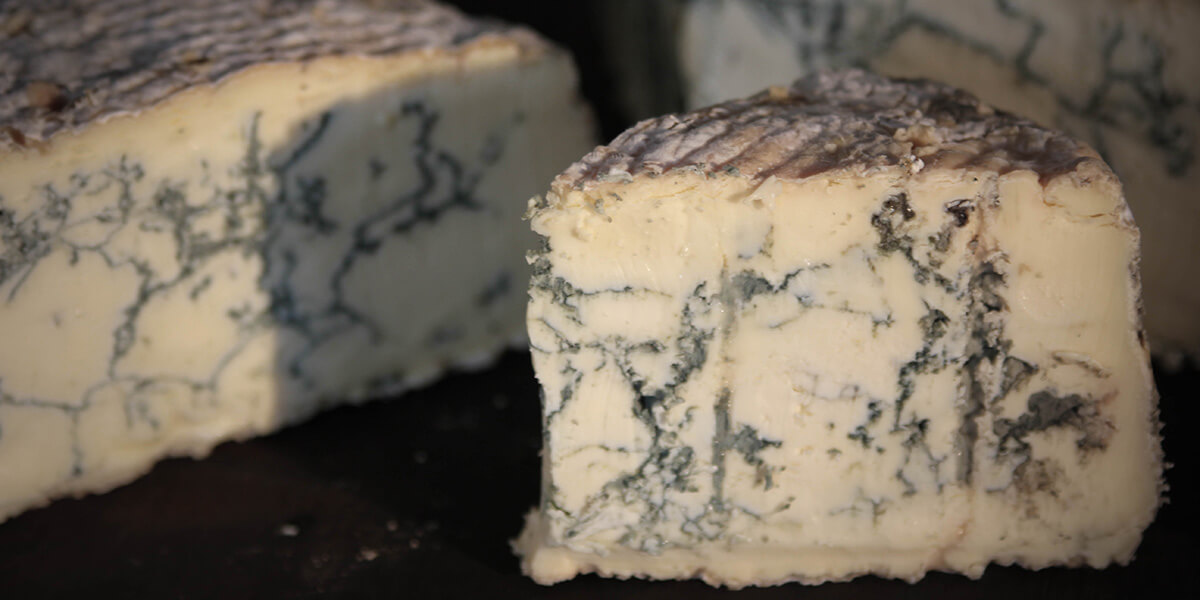
Blue Cheese
Blue cheese can be soft, firm, creamy, or crumbly. Some are sweeter while others are salty. But all blue cheese features blue veins of mold throughout that bring sharp and tangy flavors.
Types of Blue Cheese: Roquefort, Stilton, Gorgonzola
Wine Pairing Styles: aromatic white wine, full-bodied red wine, dessert wine
Wine Pairing Examples: Sauvignon Blanc, Riesling, Sémillon, Gewürztraminer, Zinfandel, Right Bank Bordeaux, Ruby Port, Sauternes
Why it Works: Blue cheese tends to be salty, strong and pungent. So, fruit forward or sweet wines counterbalance the saltiness and strong flavors of the cheese. Full-bodied reds are powerful enough to withstand the strong blue cheese flavors.
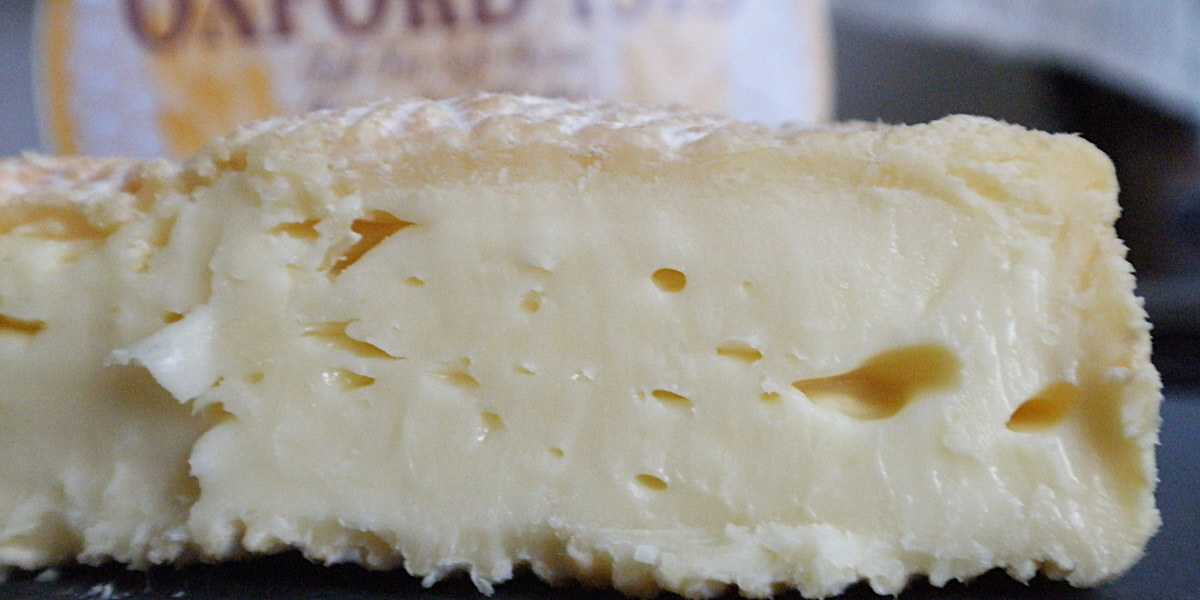
Washed Rind Cheese
Washed rind cheeses get their name from… well, how they’re washed. These cheeses are typically washed with saltwater, brine, beer, or even brandy and tend to be quite “stinky.”
Types of Washed Rind Cheese: Taleggio, Appenzeller, Oxford Isis, Limburger
Since washed rind cheeses are inherently stinky, they don’t make for very enjoyable wine pairings. Save these cheeses for when you’re craving a Belgian beer.
Selecting Your Charcuterie Theme
Most charcuterie is meat cured with salt or fermented. This means charcuterie is salty and contains a good amount of fat, which makes wine pairing relatively simple.
But always consider the boldness of flavors and spices in the charcuterie when selecting a wine.

Mild Charcuterie
Without spicy or smoked flavors, mild charcuterie can easily pair with a variety of wines. Creamy cheeses are a great counterbalance to these salty meats on a charcuterie board.
Types of Charcuterie: Prosciutto, Jamón Ibérico, Mortadella, Soppressata or other dry-cured salami, summer sausage, Finnochiona, chicken liver mousse
Wine Pairing Styles: sparkling wine, light-bodied or aromatic white wines, rosé wine, light or medium-bodied reds
Wine Pairing Examples: Prosecco, Champagne, Riesling, Sauvignon Blanc, Albariño, Tavel (a Rhone Valley rosé), rosé of Grenache, Beaujolais, Cannonau (aka Grenache from Sardinia), Cabernet Franc
Why it Works: Salty charcuterie begs for a pairing alongside wines with high acidity. The salt will moderate the acidity, allowing the aromatics and fruit flavors to shine.
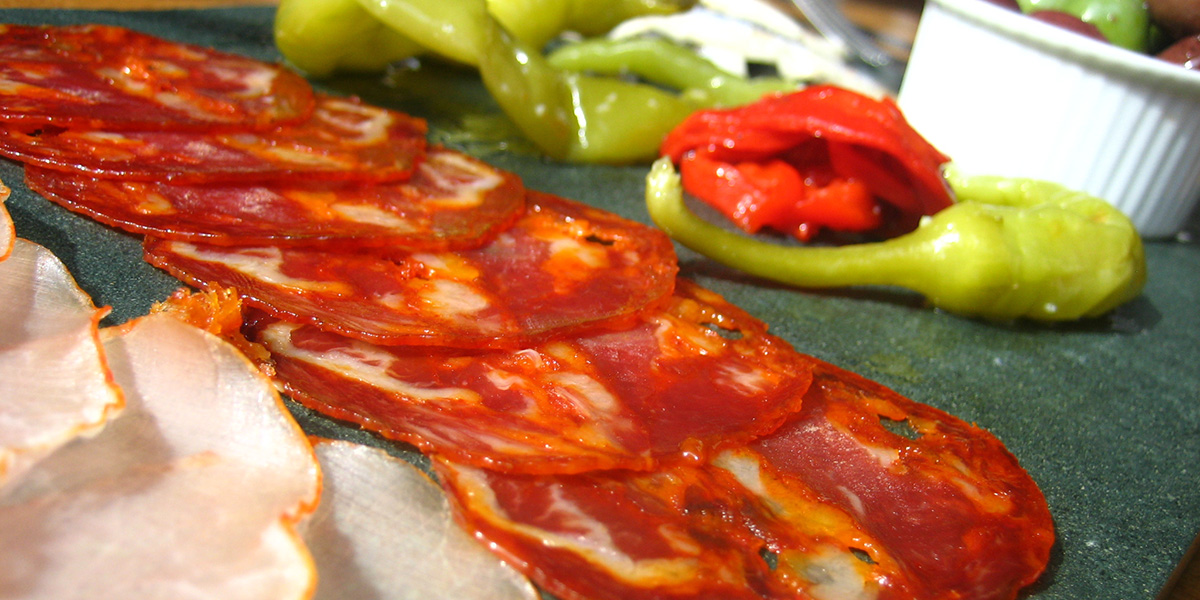
Intermediate Charcuterie
This level of charcuterie will introduce more spices and flavors. So your wine pairings will need to compensate with bolder flavors or contrasting fruit flavors.
Types of Charcuterie: Speck (smoked Prosciutto), guanciale, lardo, chorizo picante, coppa or spicy coppa, pastrami, peppered salami, foie gras
Wine Pairing Styles: fruit forward light-bodied white wine, fruit forward light or medium-bodied red wines, full-bodied red wines
Wine Pairing Examples: Sauvignon Blanc, Verdicchio, Soave (Garganega), Beaujolais, Cabernet Franc, Montepulciano, Nero d’Avola, Zinfandel
Why it Works: The fruit aromas in the red and white wines can provide an interesting contrast of flavors to the spices of the charcuterie. Plus, these light-bodied whites and fruit forward reds also pair with various styles of cheeses.
The bolder flavors and structure of these full-bodied red wines match the bold flavors of the charcuterie. If reaching for a bolder red wine, be sure to include a salty, hard cheese or a cheese with bolder flavors on your charcuterie board.
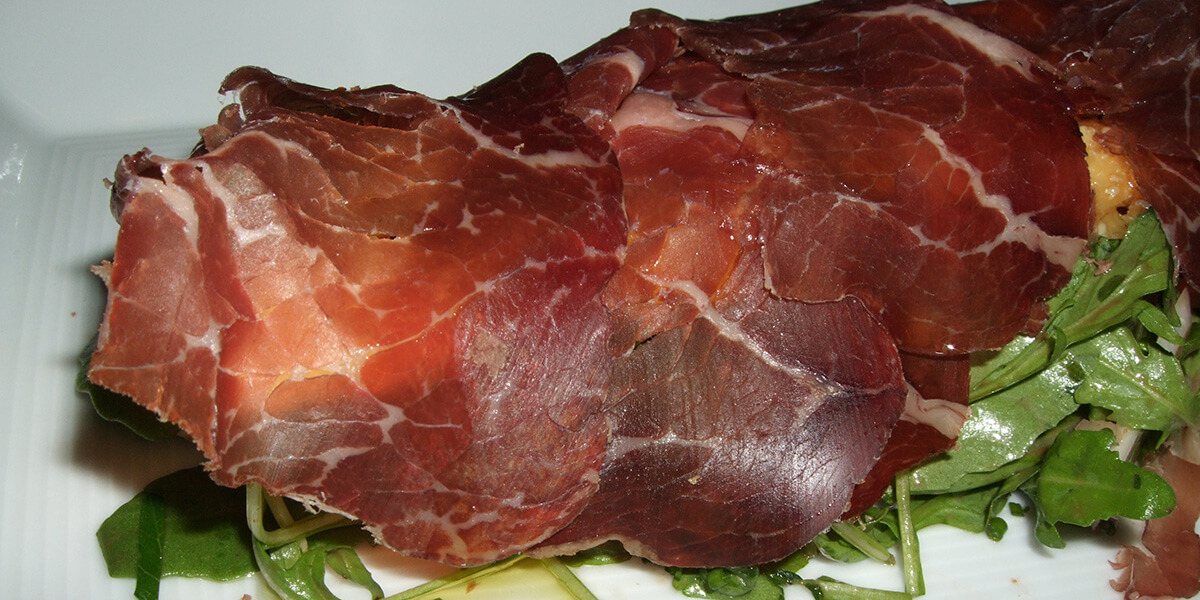
Bold Charcuterie
Bold charcuterie is a great option if you want to open a bolder wine with higher tannins. Though aromatic white wines also offer a delicious contrast of flavors.
Types of Charcuterie: Bresaola, black truffle salami, country pâté, Jamón Ibérico de bellota, jamón serrano
Wine Pairing Styles: medium or full-bodied whites with full flavors, full-bodied red wines
Wine Pairing Examples: Roussanne, Chardonnay, Malbec, Nebbiolo, Syrah
Why it Works: Full-bodied whites nicely match the richness of fattier pâté or full-flavored jamón. With truffles or beef (bresaola), bolder and more structured reds make the ideal pairing for the stronger flavors of the charcuterie.
Other Charcuterie Board Items
Select other items for your charcuterie board only after you have chosen your cheeses, meats, and wines. Each can enhance wine aromas and flavors, while complementing your selected cheeses and meats.

Dried and Fresh Fruits
A good rule of thumb for selecting dried or fresh fruits is to choose fruits that align with the aromas found in the wines you’ll be serving.
For example, dried apricots when serving Viognier or dried cherries and fresh raspberries alongside Pinot Noir. Also, avoid putting any fresh citrus on your charcuterie board, as the acidity can be challenging to pair with a variety of wines.
Dried fruit options include apricots, cherries, cranberries, and figs. And when it comes to fresh fruits, consider grapes, figs, raspberries, blueberries, and cherries.
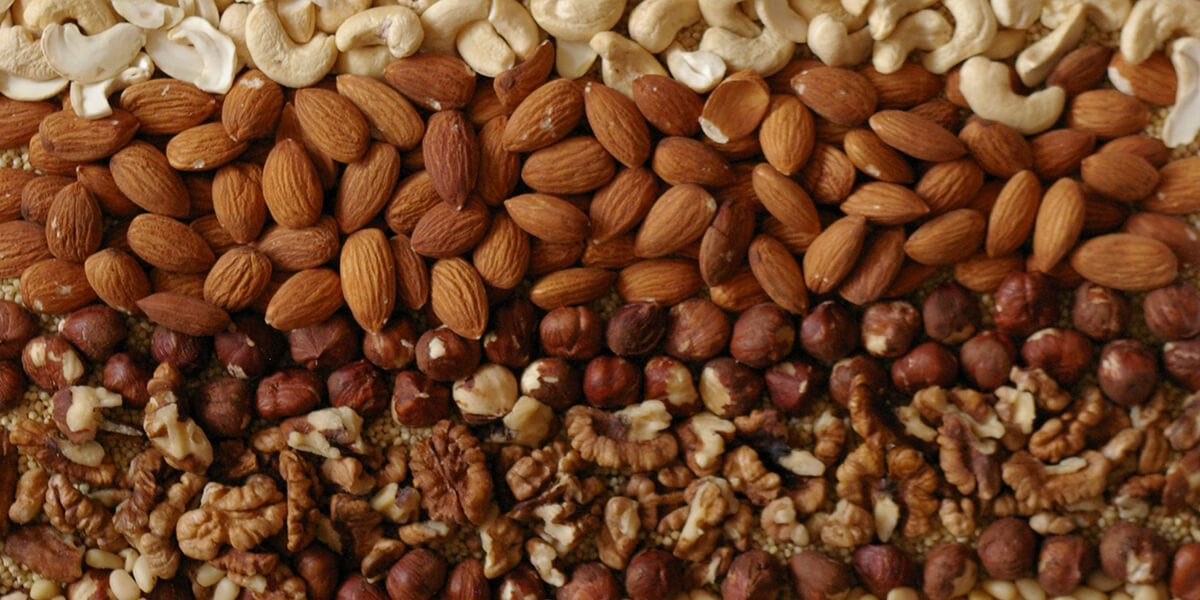
Nuts
Nuts bring a welcome crunchy component to a charcuterie board and a delicious salty bite alongside creamy cheeses. Almonds, Marcona almonds, walnuts, pistachios, pecans, hazelnuts, and cashews are all great options.

Olives and Pickled Vegetables
Olives and certain pickled vegetables provide a salty, tangy bite that is especially delicious with higher acid or fruit forward wines. But avoid using things like dill pickles, pickled asparagus, pickled mushrooms, or spicy pepperoncini.
These can have overpowering flavors or umami notes that will be too abrasive with most wines. Instead, reach for mild cornichons or marinated artichoke hearts.
There are a ton of olive options out there, so choose your favorite. Meaty, buttery Castelvetrano olives are always a crowd pleaser.
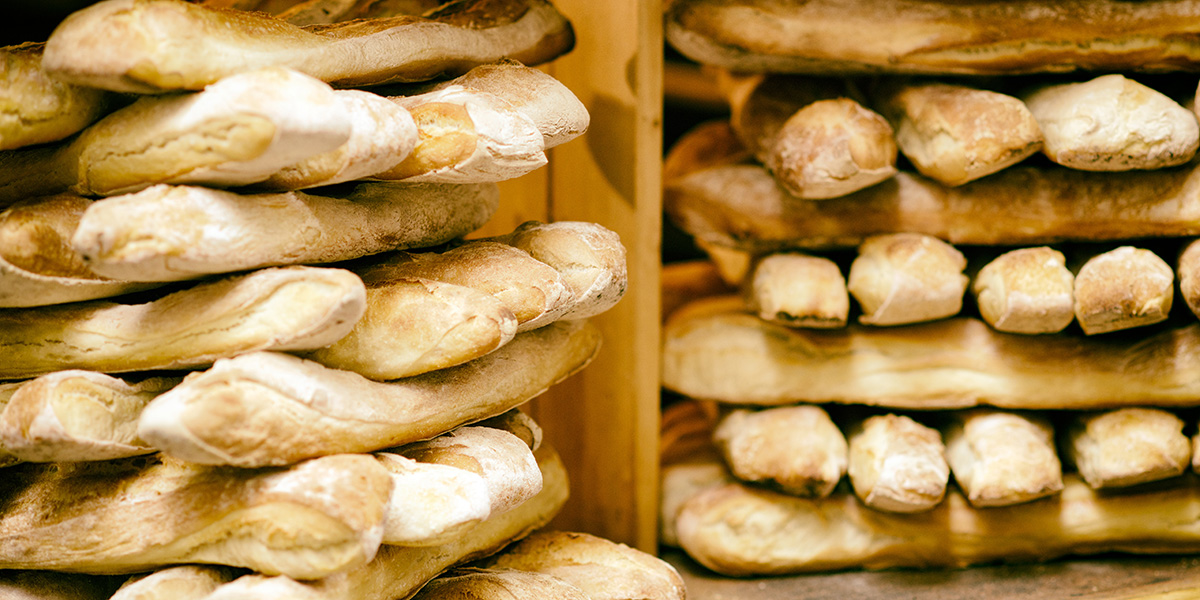
Bread and Crackers
Select bread and crackers based on the types of cheese and charcuterie you are serving. If soft, spreadable cheeses or pâté are on the menu, include sliced fresh baguette, toasted crostini, or a heavier cracker to act as a base.

Oils and Spreads
You might also consider serving olive oil, fruit jams, mustards or honey with your charcuterie board. Olive oil is great alongside fresh bread or crostini. Fruit jams are delicious with creamy, tangy cheeses, and salty mild charcuterie.
Honey is ideal drizzled over piquant blue cheese and mustards are great with pâté. And you should Pair fruit jams and honeys with fruit forward, off-dry, or sweet wines where possible.
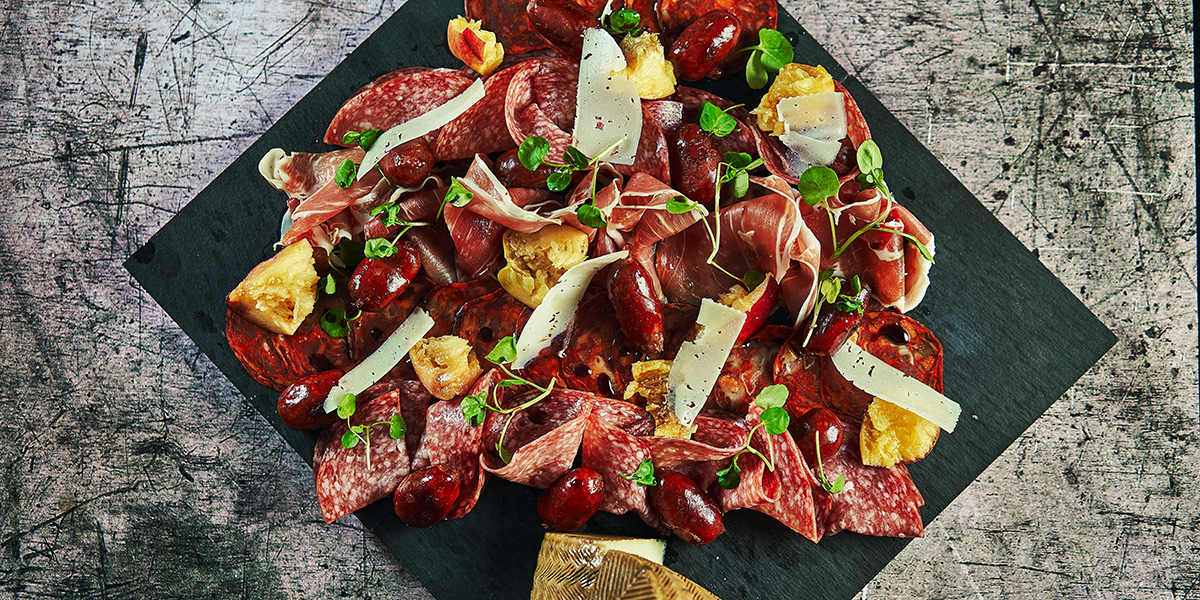
Arranging a Stunning Charcuterie Board
The culinary adage of “you eat with your eyes first” definitely applies here. Consider the following to create a beautiful charcuterie board:
- First, place small bowls or ramekins for olives, oils, spreads, etc. on the board. Create a triangle shape where each bowl is a corner of the triangle. This will set the base of your composition.
- Choose whether to serve the cheese whole or cut into cubes or triangles. Serve fresh and soft-ripened cheeses, like goat cheese or brie, whole with a cheese knife.
- Next, arrange your cheese, charcuterie, crackers, etc. directly around the ramekins. Then, work outward from there until the board is full.
- Diversify the colors on your board as much as possible.
- Drape each piece of charcuterie individually on the board. This way guests won’t struggle with pulling them apart. Roll or fold meats like prosciutto to make them more visually appealing.
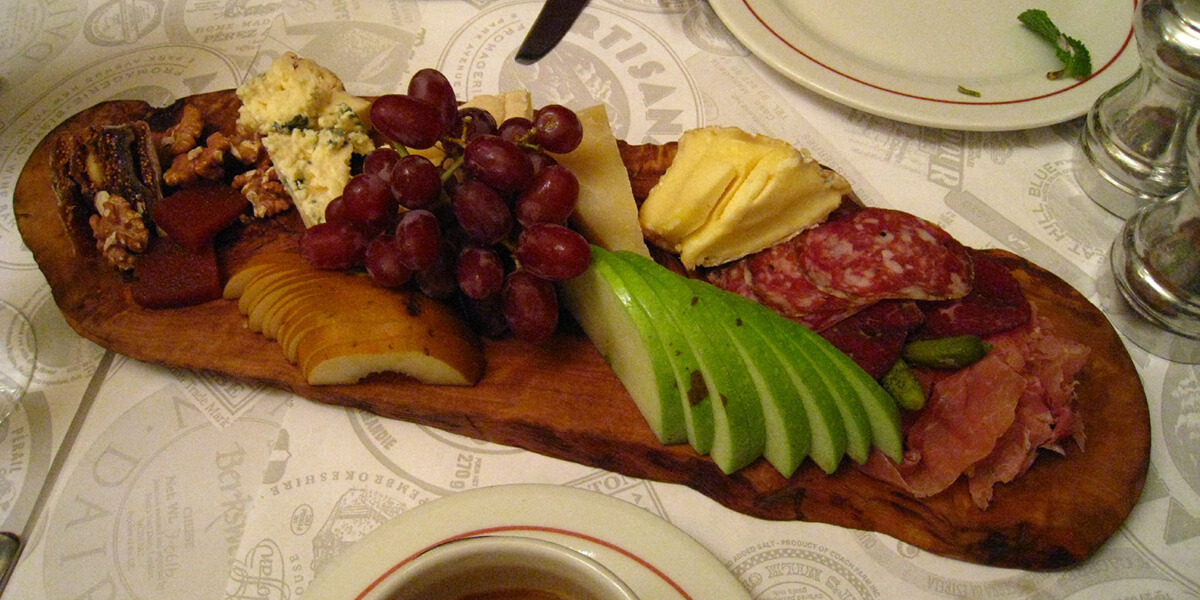
When in Doubt, Keep it Simple
Charcuterie boards should be easy to prepare, so don’t overthink the process. Select a variety of cheeses and charcuterie. Then, see which wine pairing styles they have in common. Consider which wine will best complement or contrast the salt, fat, and acid in each.
Serving two to three wines with the charcuterie board will ensure there is a wine for every palate.
When all else fails, rely on these two main principles. Sparkling wines, light-bodied white wines, and fruit forward light-bodied reds can pair with most cheeses and charcuterie. And bolder flavors need bolder wines.
Now get out there and wow your friends with your charcuterie pairing skills!
Do you have a favorite wine, cheese, and charcuterie trio? Tell us in the comments below.